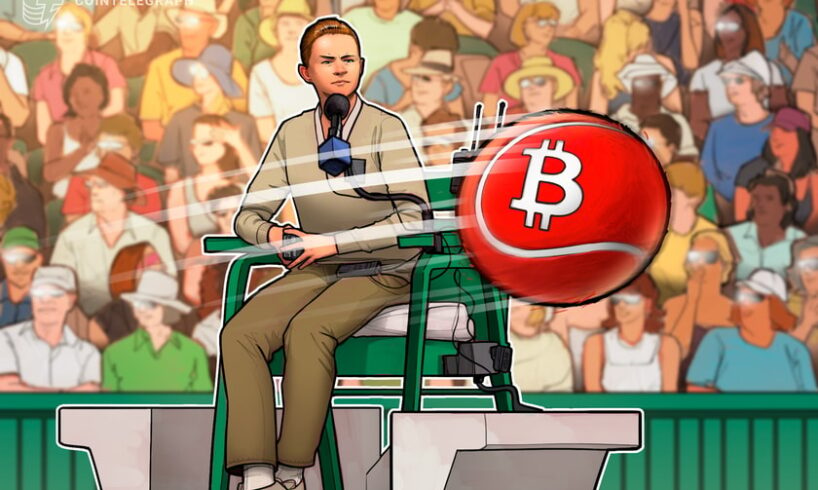
Multiple pieces of data point to the Bitcoin price falling below $29,000 in the short term.
Yes, you read that right.
Let’s investigate the main issues contributing to the current downside in the Bitcoin price.
Bitcoin (BTC) encountered difficulties breaking above $31,800 on July 13, resulting in a 6.3% correction down to $29,700 on July 17. The price action could reflect investors’ concerns that ongoing regulatory developments and macroeconomic headwinds could drive Bitcoin below the $29,000 level, which was last observed on June 21.
On the derivatives side, Bitcoin futures show increased demand, but Asian markets are slowing down.
Bitcoin quarterly futures typically trade at a slight premium compared to spot markets, reflecting sellers’ willingness to receive more money in exchange for delaying settlement. Healthy markets generally exhibit BTC futures contracts trading at a 5% to 10% annualized premium, a situation known as contango, which is not unique to crypto markets.
Bitcoin 3-month futures premium. Source: Laevitas
Between July 14 and July 17, BTC futures maintained a neutral-to-bullish 7% premium, surpassing the 5% threshold. This suggests moderate conviction among bulls following the unsuccessful attempt to break above $31,800.
However, the Tether (USDT) premium in Asia has been declining. The stablecoin premium serves as an indicator of demand from China-based retail crypto traders, measuring the difference between peer-to-peer trades and the U.S. dollar.
Tether (USDT) peer-to-peer vs. USD/CNY. Source: OKX
The Tether premium in Asia recently reached a discount of 1.8%, marking its lowest point in over six months. This inverse premium trend started on July 12 and has continued to widen, indicating moderate sell pressure.
Regulatory worries continue to plague crypto
Regulation of the crypto sector is also still on investors’ minds. Even though the July 13 ruling that the sale of XRP (XRP) via exchanges and over-the-counter desks did not violate securities regulations did boost markets, the court’s decision did not definitively determine whether XRP’s initial coin offering was classified as a security offering. This lack of clarity has left some investors uneasy, as it raises the possibility of other cryptocurrencies also facing potential securities designations.
In addition to the court’s ruling on XRP, Binance also announced the layoff of 1,000 employees. Although the exchange has refuted the reports and claimed routine resource reallocation and ongoing hiring, concerns have arisen regarding Binance’s future following the departure of several key executives and the ongoing court action from the Securities and Exchange Commission.
Related: SEC vs Ripple referred to judge who ordered release of ‘Hinman Documents’
Macroeconomic trends do not favor crypto
The macroeconomic environment has not been favorable for Bitcoin and risk-on assets. China’s gross domestic product growth slowed to 6.3% in the second quarter, falling short of market expectations, with factors such as the ongoing trade war with the United States and the government’s efforts to address debt contributing to the slowdown.
Considering the external factors and pending court decisions that could negatively impact the two largest exchanges, the odds of Bitcoin breaking below $29,000 have increased. This creates a favorable scenario for bears, causing the $30,000 resistance to gain strength.
Bitcoin’s price could dip under $29,000 this week
There appears to be no specific catalyst restricting Bitcoin’s upside potential, aside from worsening macroeconomic conditions and indications of further interest rate increases by the Federal Reserve in 2023.
From a trading perspective, BTC futures show higher confidence among professional traders using leverage. However, the sell pressure from retail investors in Asia limits the overall upside for cryptocurrencies.
This article is for general information purposes and is not intended to be and should not be taken as legal or investment advice. The views, thoughts, and opinions expressed here are the author’s alone and do not necessarily reflect or represent the views and opinions of Cointelegraph.















